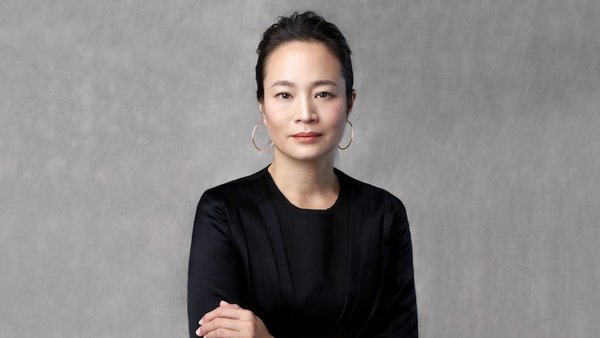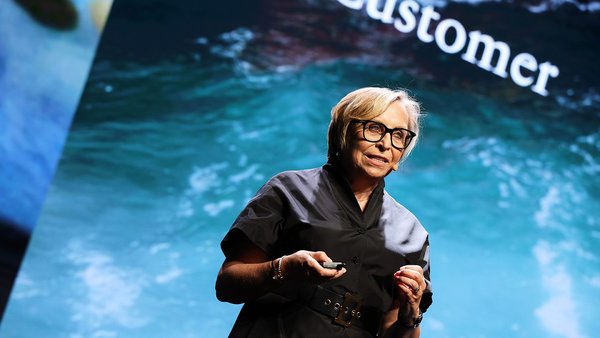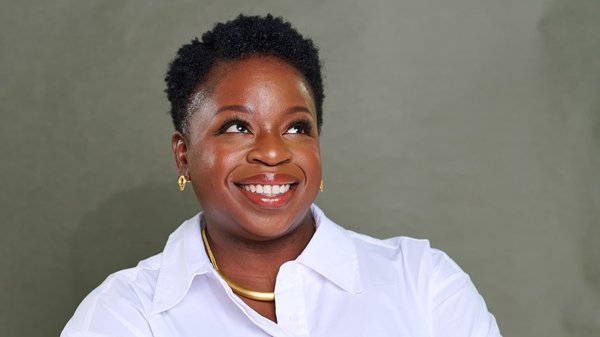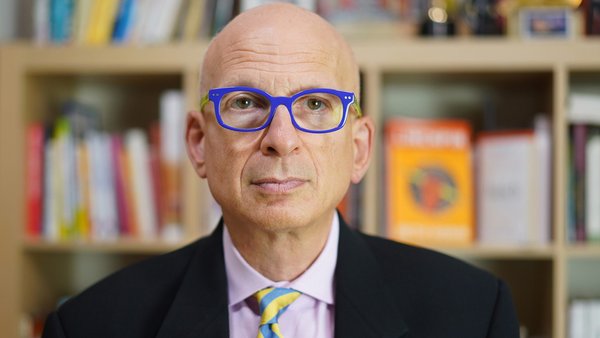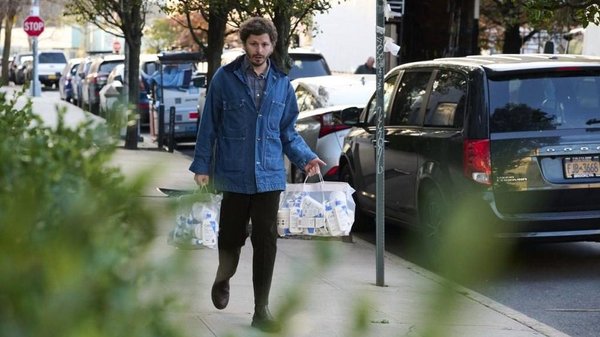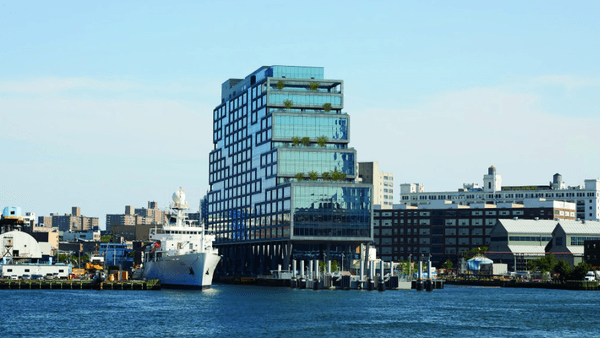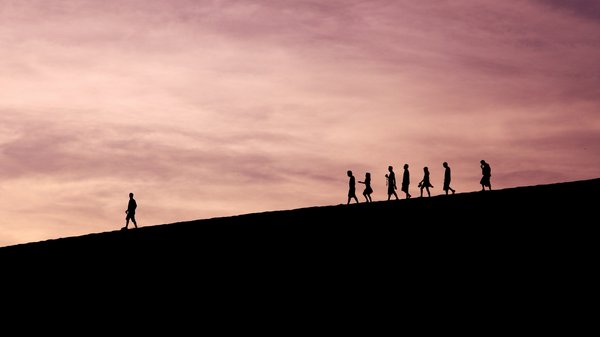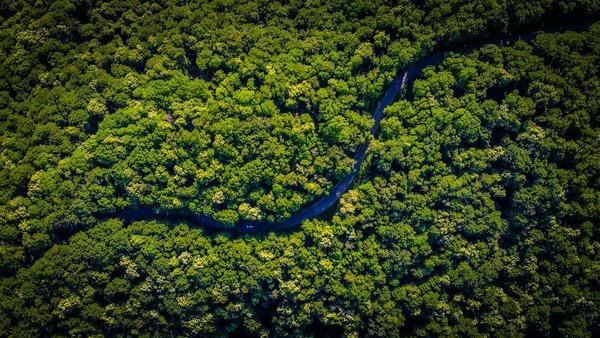‘To effectively use creators, we do have to let go – but within a framework’ /
Unilever chief growth and marketing officer Esi Eggleston Bracey on how the company’s creator and social-led content is ensuring its cultural relevance
Adam Richmond
/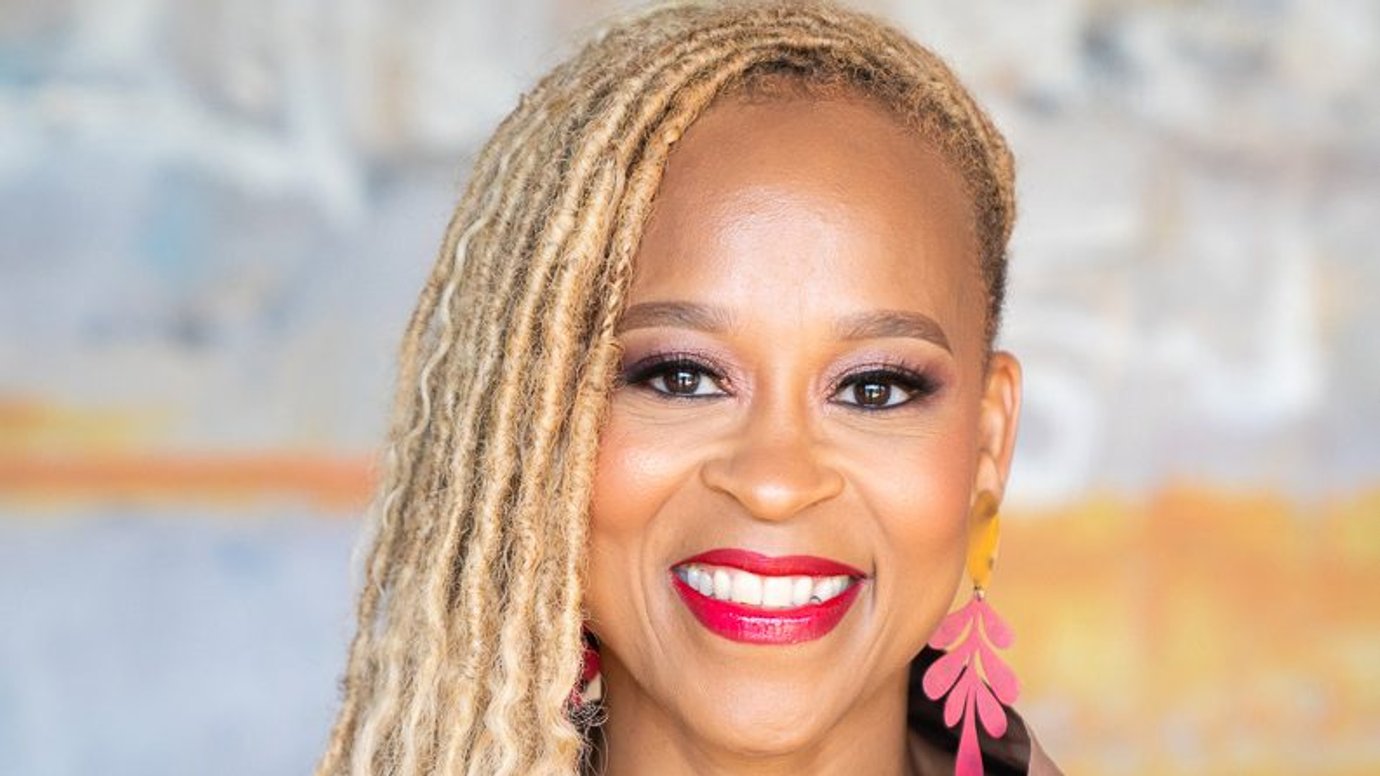
Unilever has become one of the most visible adopters of social- and creator-led marketing, now directing around 50% of its ad spend (up from 30%) to creators and scaling its influencer network 20x in key markets. From building in-house capabilities to reshaping how its brands show up on platforms like TikTok, it’s pushing beyond traditional media models. That shift paid off at Cannes Lions 2025, where its Vaseline Verified campaign (developed with creators to tackle medical misinformation in marginalised communities) won the Grands Prix for Health & Wellness and Social & Creator.
In this conversation, Esi Eggleston Bracey, chief growth and marketing officer at Unilever, talks about why creators are shaping the future of brand building and how one of the world’s biggest marketers is making it work.
The full interview is free for Contagious IQ subscribers here, with Esi revealing more about what it takes to reinvent brand building inside one of the world’s biggest and oldest marketers.
Esi Eggleston Bracey, Unilever
As you look at the next frontier of brand building, what traditional marketing assumptions do you think will be most challenged by creator ecosystems?
I always say, everything and nothing is changing. While so many things are changing, the fundamentals don’t change. That’s why this brand verse still has the identity of a brand. Making sure you have a unique, differentiated way of addressing needs, wants and desires that will stand out among other offerings, other brands, other products, that doesn’t change. And then making sure you show up where people are, that doesn’t change either.
Everything else that changes is based on where people are and how they’re engaging. So we do change the brand building model, but the fundamentals of it don’t change – there’s a how to reach that doesn’t change, but the tools we use do change.
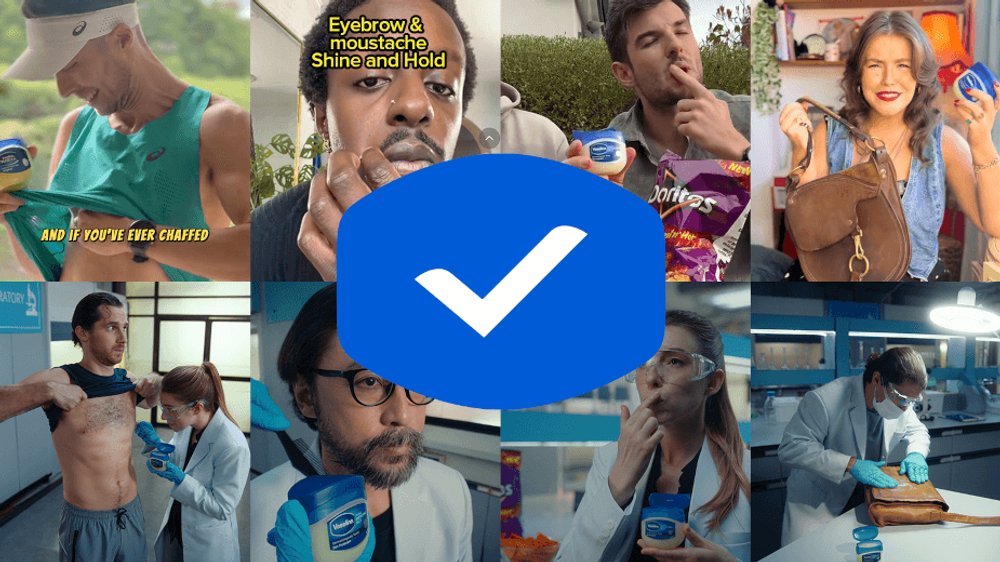
Esi Eggleston Bracey, Unilever
As these creator ecosystems continue to evolve, how do you anticipate Unilever's brand-building strategy will adapt over the next few years?
They are one part of the content ecosystem. It’s one important part, because it tends to be the more authentic part in a place where brands can be viewed as suspicious and people can be sceptical.
Our content ecosystem has three components: creator content from influencers, branded content with our direct messaging, and community content simply demonstrating how they're using a product. Vaseline Verified is almost a blending of branded content and creator content, because you’ve got the creator, and you have the brand that is coming in to verify that hack.
Our data shows the most effective for conversion and for brand building are a combination of branded and creator content, and you find different degrees of it depending on the platform – Pinterest goes really well with branded content, it also has influencer content; TikTok does much better with creator content based on how that platform was created and evolves; YouTube, where people are looking for information, how-tos, can work well with branded content.
What are some of the challenges of the relationship between you and the creators? How do you balance control and creativity?
I believe the role of creators is to be creative. To effectively use creators, we do have to let go – but within a framework. First, we partner with creators whose values match our brands and who are organically consistent with our brands. We have to do the right creator selection, and this is more at the hero level. Then we brief the creators on our objectives and what we want to accomplish, and then we use their creativity. The creators that we connect with, they have an audience that values them for their specific style of communication. We have got to let go. This is one of the hardest things to train marketers to do.
I stay connected with lots of creators because the old way of marketing was control. The new way of marketing is creative currency. The audiences of creators feel when it’s inauthentic to them, and when we try to control them, it doesn’t work – we’re better off doing branded content. The back end of that is: hold them accountable for results. We’ve got rapid ROI tools and creators have their own tools.Is it working against our set of objectives, building our brands and converting?
Unilever was one of the first big companies to go all-in on creators and social. Does that give you a first-mover advantage — or are there risks that come with leading the charge?
Using creators is not new to Unilever. We’re celebrating 20 years of Real Beauty. We have used creators and partners and influencers in our mix. The difference now is we’re clear on this many-to-many model, our broad scale model. Our leadership brands have to deliver broad reach, broad engagement and broad conversion. We need scale on our brands.
We are at a tipping point because more than two-thirds of the world is on social media. How else are we going to build broad scale awareness? We can’t assume that the traditional ways of working are going to deliver against that. So is it a risky move? I don’t think so, but does it take some art to make sure we execute with excellence. We have to make sure our content craft in the social world and digital world is as impactful as our content craft has been in the TV world – and TV is still a part of this. This is about embedding our brands in culture at scale.
A lot of culture is in social but a lot of culture is still in these hero TV streaming moments. While YouTube is a social platform, people are watching YouTube TV. It’s not like we’re going to try something different here. Our model is building reach engagement and conversion. What’s needed today to build reach engagement conversion? It’s using creators, it’s a content ecosystem. So, I don’t see it as risky, I see it as a necessity.
Want more of the same? /
We don’t just write about best-in-class campaigns, interviews and trends. Our Members also receive access to briefings, online training, webinars, live events and much more.
